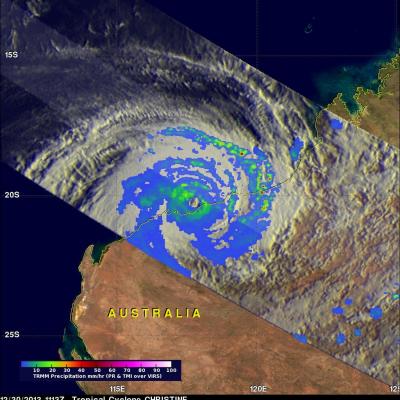Faces of GPM: Engineers
An interview with Beth Weinstein, a GPM integration and test (I & T) engineer, Lisa Bartusek, GPM Deputy Mission Systems Engineer, and Carlton Peters, associate branch head at NASA Goddard Space Flight Center and the GPM thermal branch development lead.
Faces of GPM: Dr. Dalia Kirschbaum, GPM Applications Scientist
Dr. Kirschbaum discusses her role with GPM, how she became a scientist, and how remotely sensed satellite data can be used to study and evaluate natural hazards such as landslides.
Video Text:
Faces of GPM: Professor Steve Nesbitt, GPM Ground Validation Scientist
Profile of Steve Nesbitt, a professor of Atmospheric Sciences at the University of Illinois and a mission scientist on GPM ground validation field campaigns. Nesbitt uses the data collected to improve the representation of cloud microphysical processes using radars, aircraft probes, and surface instrumentation in satellite precipitation algorithms to improve global precipitation estimates.
Video Text:


